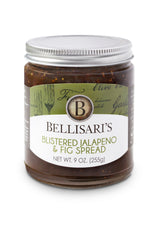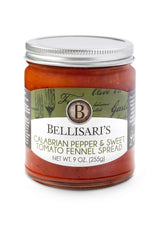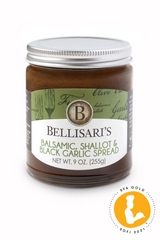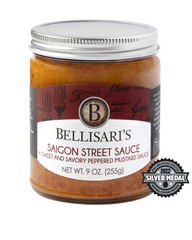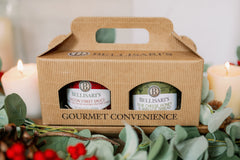
When you look out the window and still see vestiges of our last snowfall in the shady parts of your yard, it doesn’t exactly scream “SPRING!” Nevertheless, the days are getting longer, the spring plants are poking their leaves above the surface, and while you might not feel it yet, spring is just around the corner. Do you have any “spring cleaning” routines or traditions in your home? For me, my favorite thing to clean out and refresh in the spring is my pantry. Don’t worry, I’m not going to tell you to get rid of all your junk food and replace it with kelp and rice cakes. (Well, not in this post anyway. 😉) The kind of pantry cleaning I’m writing about today involves those spices, mixes, sauces, and other ingredients which lose quality and flavor over time.
We all have that tin of cream of tartar or other rarely-used spice that we’ve moved from every apartment and house we’ve ever lived in, right? It’s probably time to toss a lot of those; although there are a few things that when stored properly really can last almost forever. Salt, sugar, rice, dried beans, corn starch, honey, and canned goods are among the pantry items with extremely long shelf lives. Moisture is the enemy of these things, so if they’re kept dry, they’re perfectly good for almost ever.
Unfortunately, other pantry items can not only lose their best quality, but they can also actually spoil. A good rule of thumb is to toss items past the expiration dates. You’ve probably already noticed there are two different types of date stamps: use by and best before. These mean:
Use by -- The use by date is placed on foods that must be eaten within a certain time for health and safety reasons.
Best before -- Best before dates are used to refer to the quality of a food item. That means they may lose some quality after the best before date has passed, such as nutritional content, color, or texture loss.
Pay special attention to spices, oils, nuts, seeds, and grains—items that go rancid over time, but typically do not have expiration dates. The best way to determine if these items are still good is to perform a good old-fashion sniff test.
Most dry spices stay fresh for six months to a year. The easiest way to know if your spices are past their prime is to smell them. If they have lost their strength or they don't let off a strong odor, it is safe to toss them. When replacing your spices, purchase the smallest container or bag of dry spices available at the market to reduce waste.
Unsaturated oils like olive, canola, grapeseed, vegetable and peanut are perishable and turn rancid over time. When oil is bad your nose will know. It will smell a bit like crayons. Just smell, and if you question it, toss it.
The oils in nuts, seeds, and grains can also go rancid. Take time to taste and smell your supply. Heat, light, and oxygen are the enemies of these foods. If you want a longer shelf life for expensive nuts and seeds, store them in your fridge or freezer.
Products like sauces, jams, nut butters, or even mustard can be prone to mold growth, whether you keep them in the pantry or the fridge. If there is any mold or type of growth sitting on the top of the product (or in the top of the lid), throw it away. Even if the growth seems to be only on the top, the mold may have spread throughout the rest of the product.
Once you have sorted out the products you no longer need and thrown away any out-of-date goods, it’s time to clean. Because your pantry stores food, regular cleaning is important. Wipe down the shelves to remove any dust and dirt, as well as any food crumbs that might attract creepy crawlies! You can use a natural cleaner to get rid of smells and to remove anything sticky on the shelves.
Now that the pantry shelves are clean and dry, it’s time to add everything back in. As you add items back into the pantry, rotate them so that the oldest products (those with the shortest best before dates) are at the front. That way you’ll use them first and reduce the amount of waste. Don’t forget to restock with Bellisari’s spreads and sauces so you’ll have convenient gourmet flavors readily available.
Keep your pantry looking clean and organized by grouping like items. If you organize the foods by food group, it makes it easy to find ingredients, and it makes it easier to keep track of what you have on hand. This can save you money, because you’ll be less likely to buy duplicates of things you already have, and saving money is good in every season. Happy spring cleaning!


